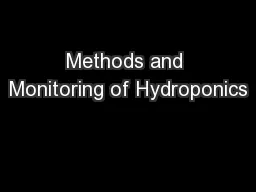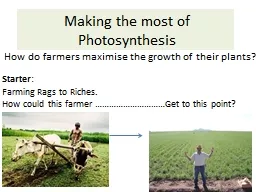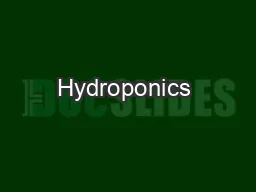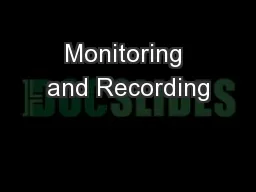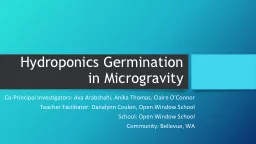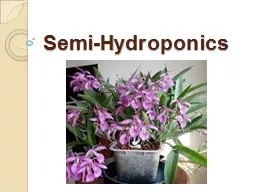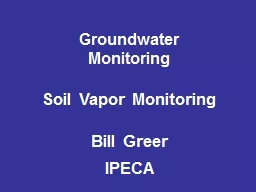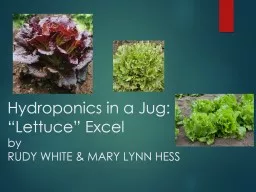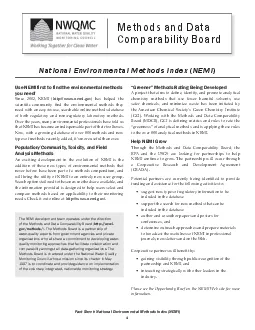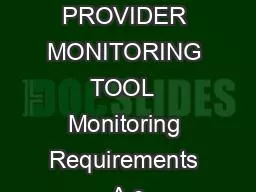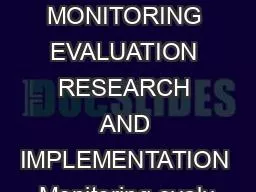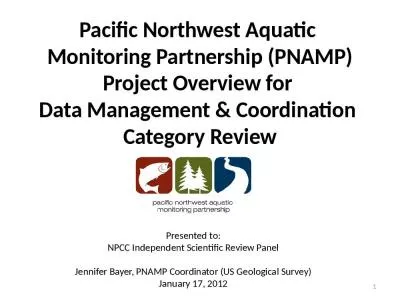PPT-Methods and Monitoring of Hydroponics
Author : olivia-moreira | Published Date : 2016-06-01
Unit 3 Soilless Systems Lesson 32 Hydroponics Principles of Agricultural Science Plant Types of Hydroponic Systems Media Based Aggregate Culture Ebb and Flow Drip
Presentation Embed Code
Download Presentation
Download Presentation The PPT/PDF document "Methods and Monitoring of Hydroponics" is the property of its rightful owner. Permission is granted to download and print the materials on this website for personal, non-commercial use only, and to display it on your personal computer provided you do not modify the materials and that you retain all copyright notices contained in the materials. By downloading content from our website, you accept the terms of this agreement.
Methods and Monitoring of Hydroponics: Transcript
Download Rules Of Document
"Methods and Monitoring of Hydroponics"The content belongs to its owner. You may download and print it for personal use, without modification, and keep all copyright notices. By downloading, you agree to these terms.
Related Documents

